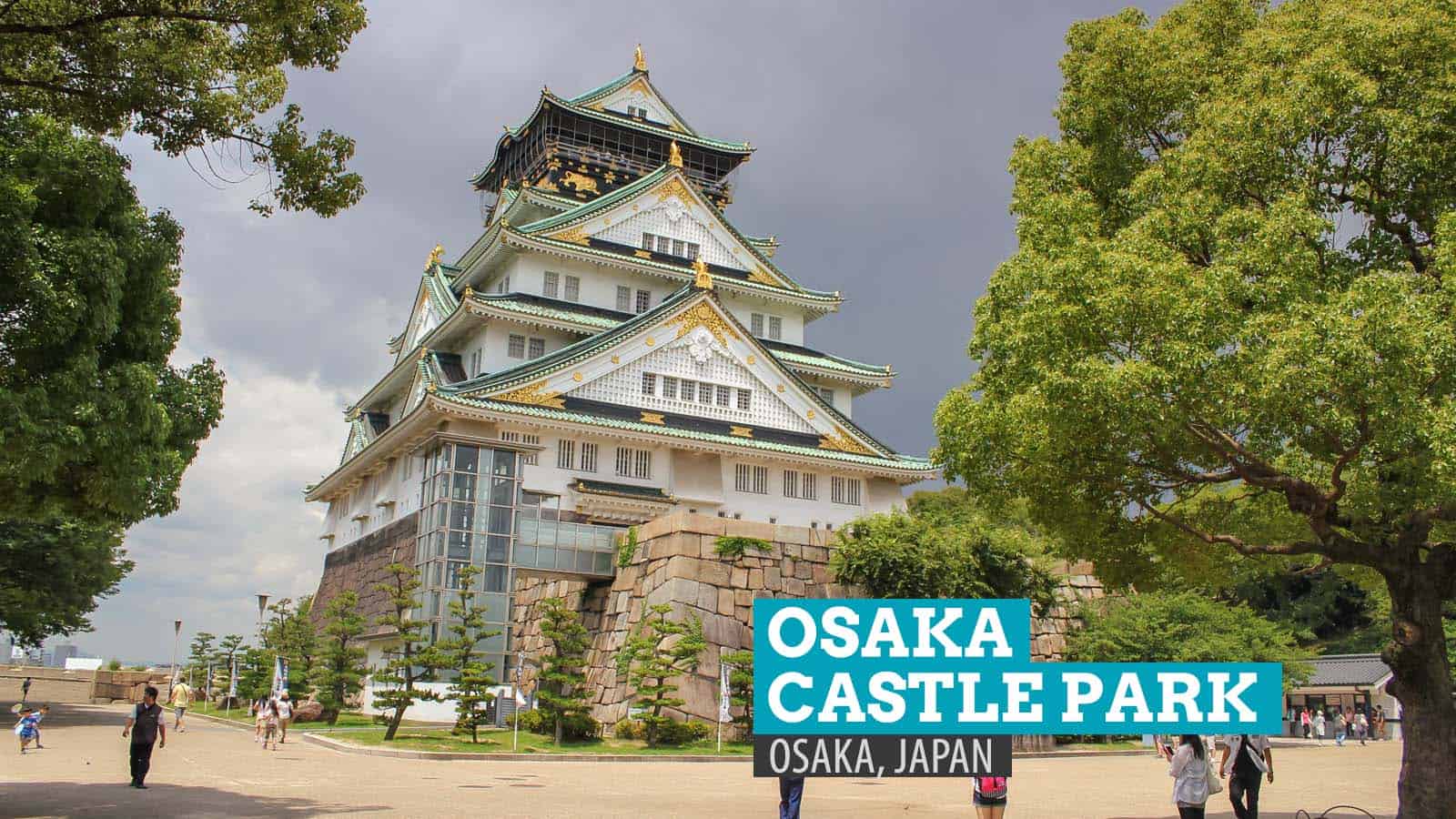2013 • 8 • 20
Daimyo Toyotomi Hideyoshi did not want a castle. No, he did not want just a castle. He wanted a castle modeled after his predecessor Oda Nobunaga’s headquarters but grander in every aspect. He wanted the grandest castle in Japan.
He knew what he wanted. And he had it done.
The Castle Grounds
The immensity of the site did not dawn on me until I was already standing in the middle of it. Coming from the Osakajokoen Station of the JR Loop Line, I had to walk several hundred meters to finally reach the main tower. The grounds span an area of 60,000 sq meters, cradling 13 structures including several gates and turrets, all of which have been declared “Important Cultural Assets” by the government of Japan. But the entire park — which also covers a baseball diamond and the Osakajo Hall — extends to 2 square kilometers in total.
Needless to say, a visit involves walking. An awful lot of walking.
Constructed on two elevated platforms, the castle, according to my friend Wikipedia, is “supported by sheer walls of cut rock, using a technique called Burdock piling, each overlooking a moat.” Short bridges also run over the moats, connecting the inner and outer sections of the site. Plum and peach groves also fringe the baileys of the park.
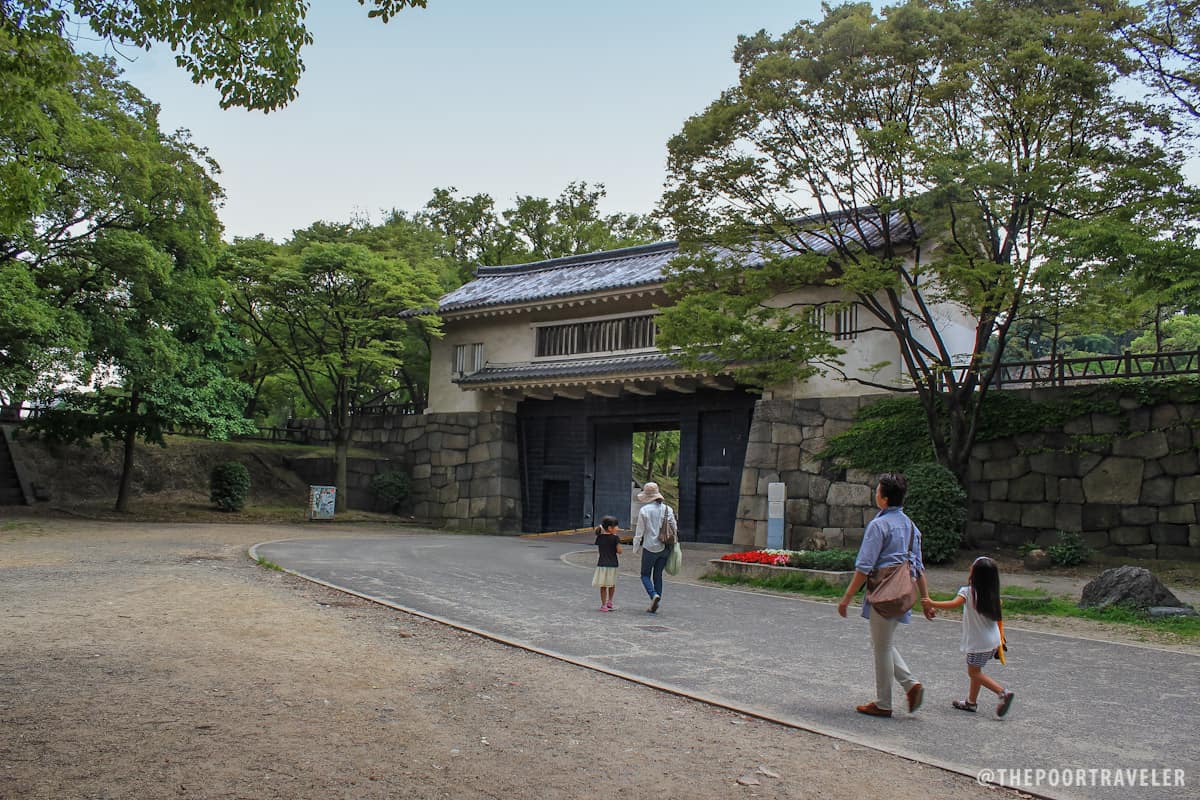
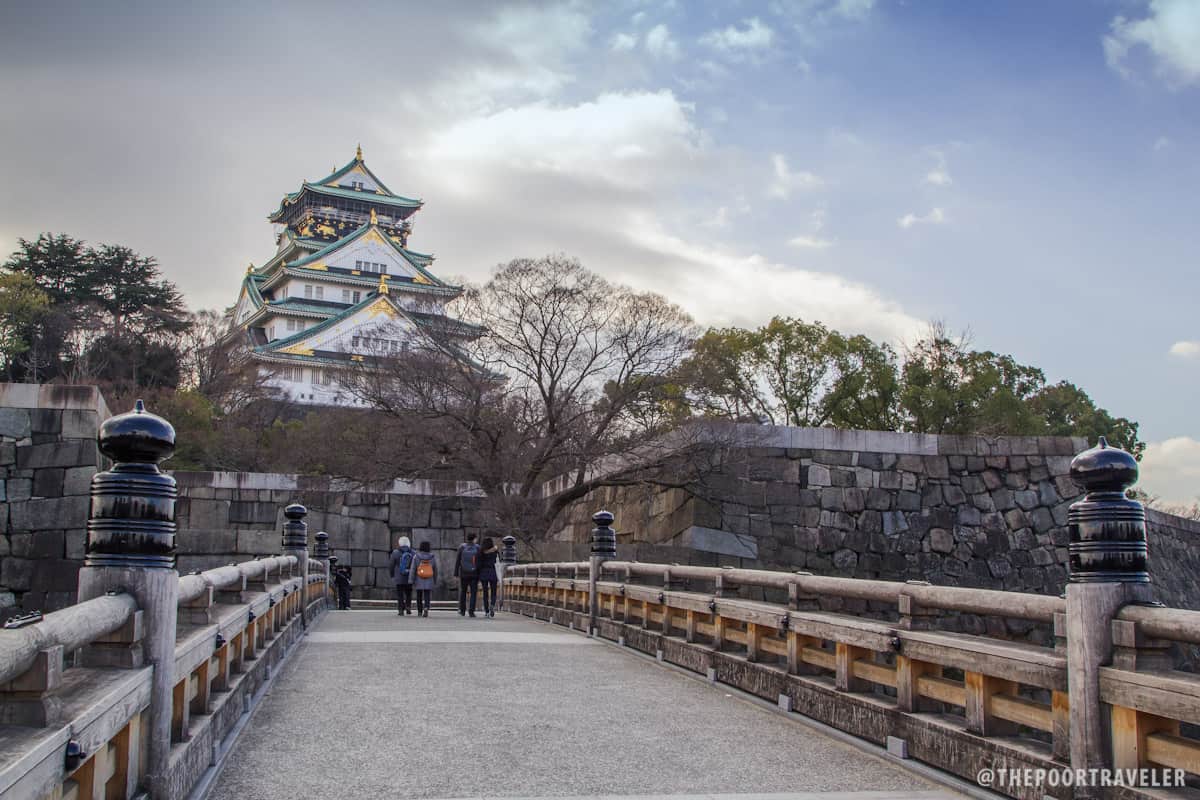
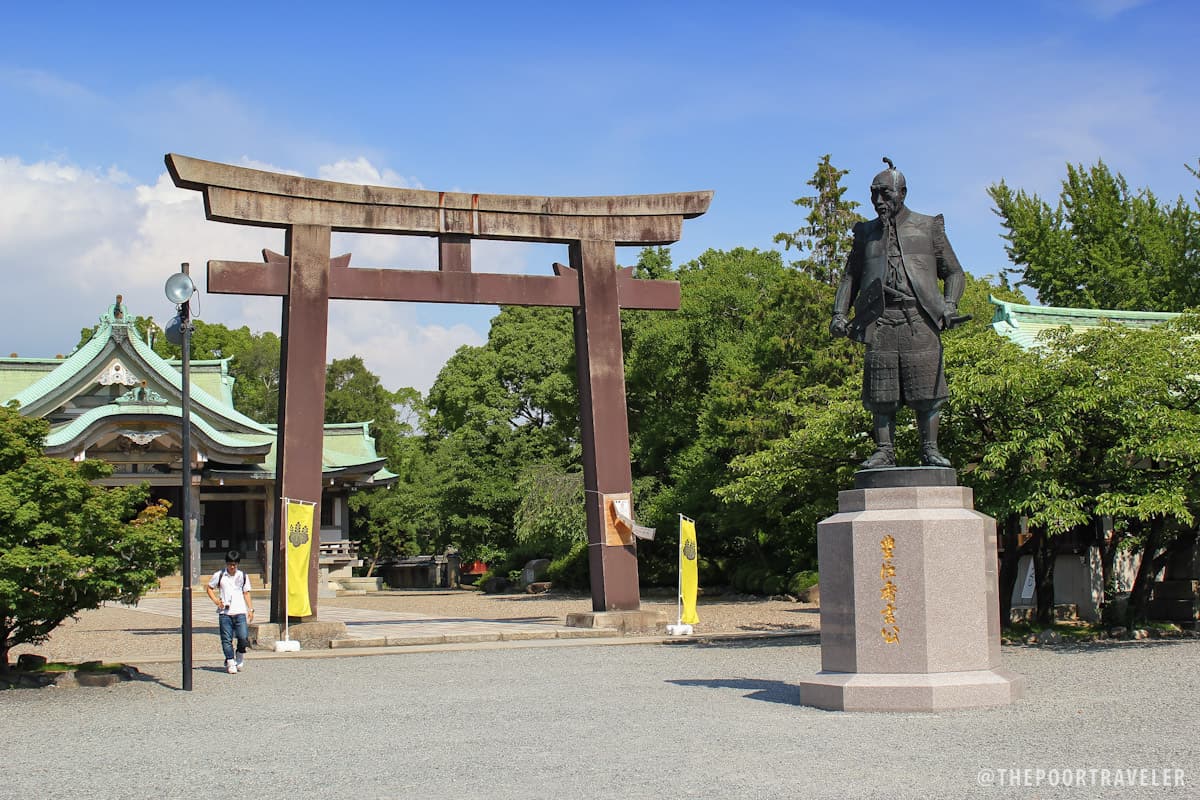
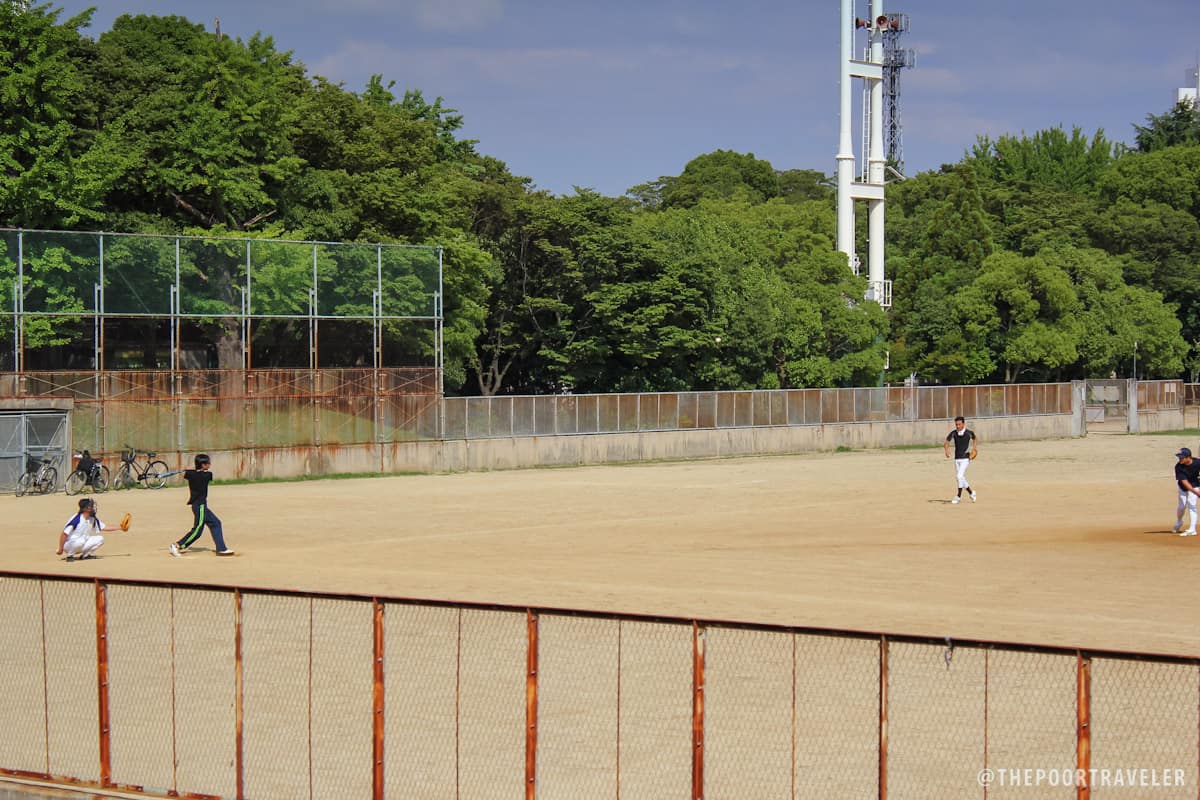
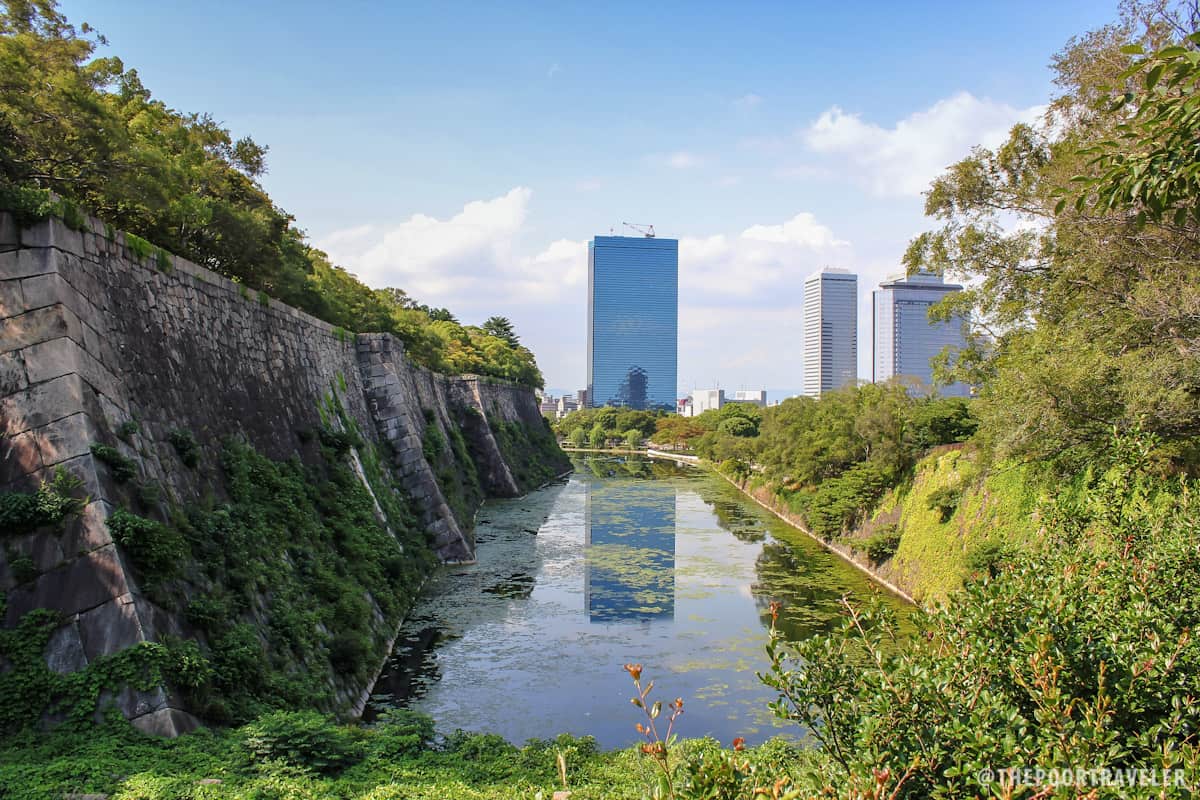
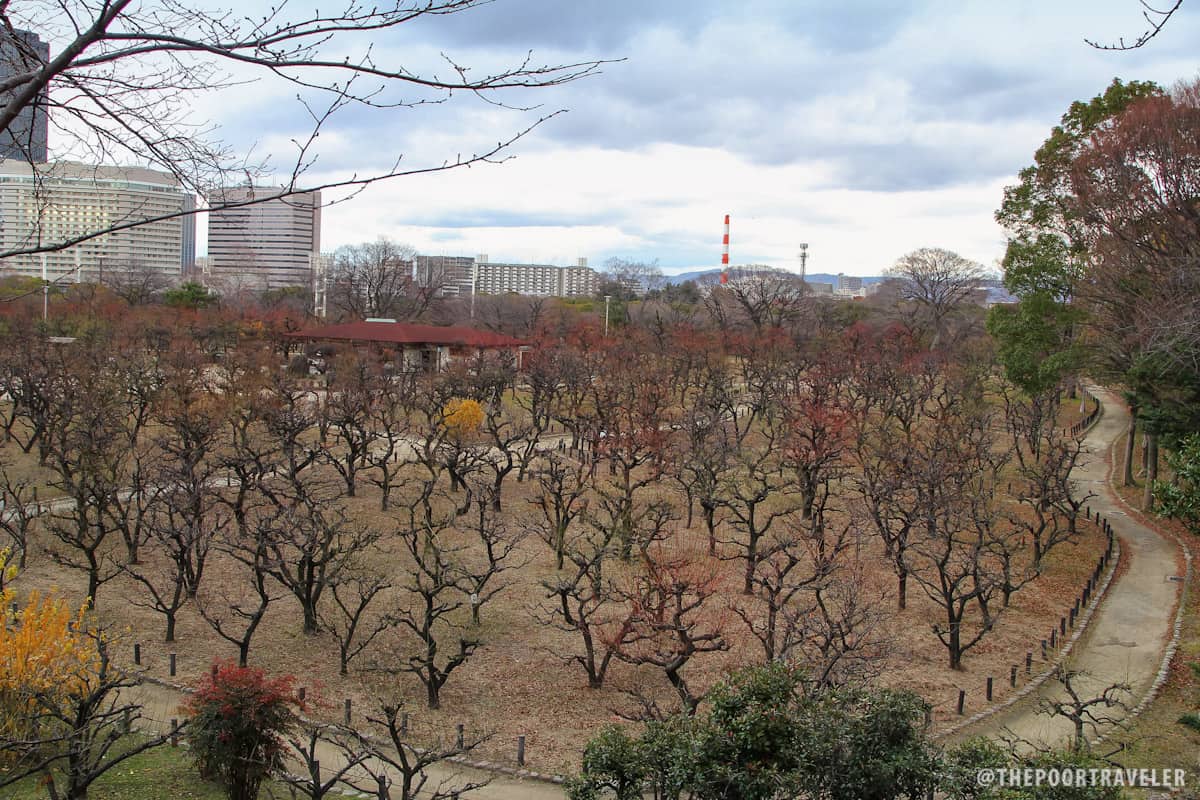
While it was an easy stroll to the main tower, it was still a very tiring one for me. It was a mid-summer noon when I was there, and the sun was rather intimidating. Starting to ache, my knees made the park seem more vast than it actually was. The good news, there were not many tourists. The bad news, the charming cherry blossoms or autumn leaves were absent. The place was covered in all shades of green, oh so bright and oh so ordinary. Still, the monochromaticity of the surroundings did not take away anything from the magnificence of the central castle.
The Central Castle
The main tower of the castle stands majestically atop a stone foundation at the dead center of the area. The construction started in 1583 at the site of Ikkō-ikki temple of Ishiyama Hongan-ji under the orders of Toyotomi Hideyoshi. He was the ruling warlord at the time, succeeding Oda Nobunaga, the initiator of the unification of Japan. Toyotomi wanted a castle that mirrored Oda’s but much larger and grander. The largest castle in Japan at the time, it had (and still has) five stories above ground and three below.
Toyotomi Hideyori succeeded his father only to be defeated by Tokugawa Ieyasu, putting an end to the Toyotomi lineage. The Tokugawa clan took control of and in 1615 destroyed the castle. In 1620s, Tokugawa Hidetada had it rebuilt, but a lightning burnt it down in 1665.
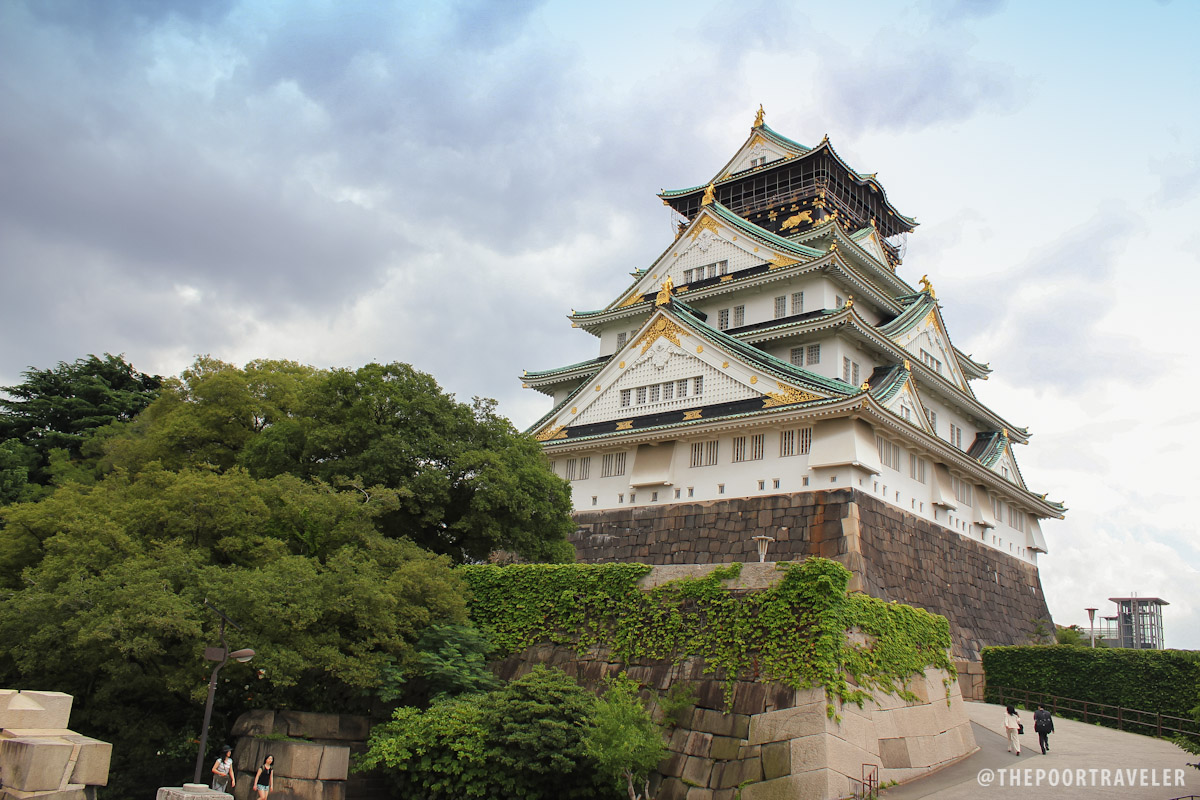
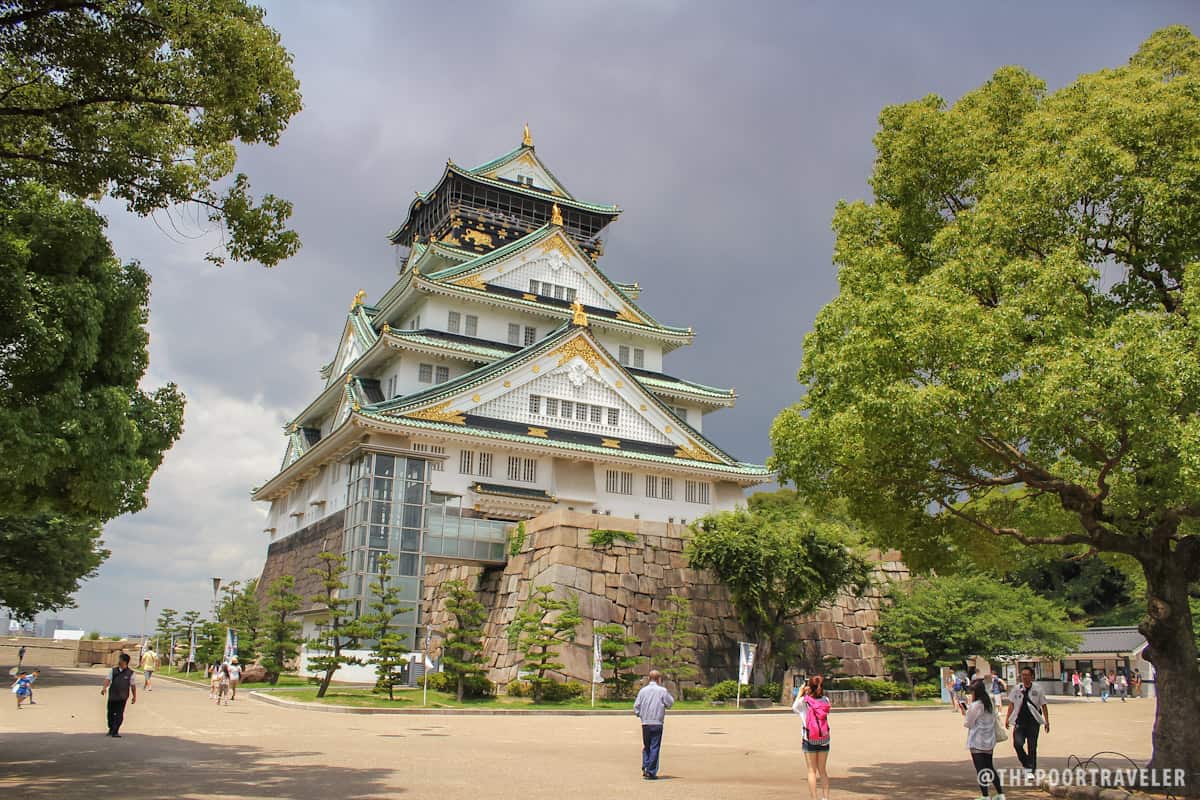
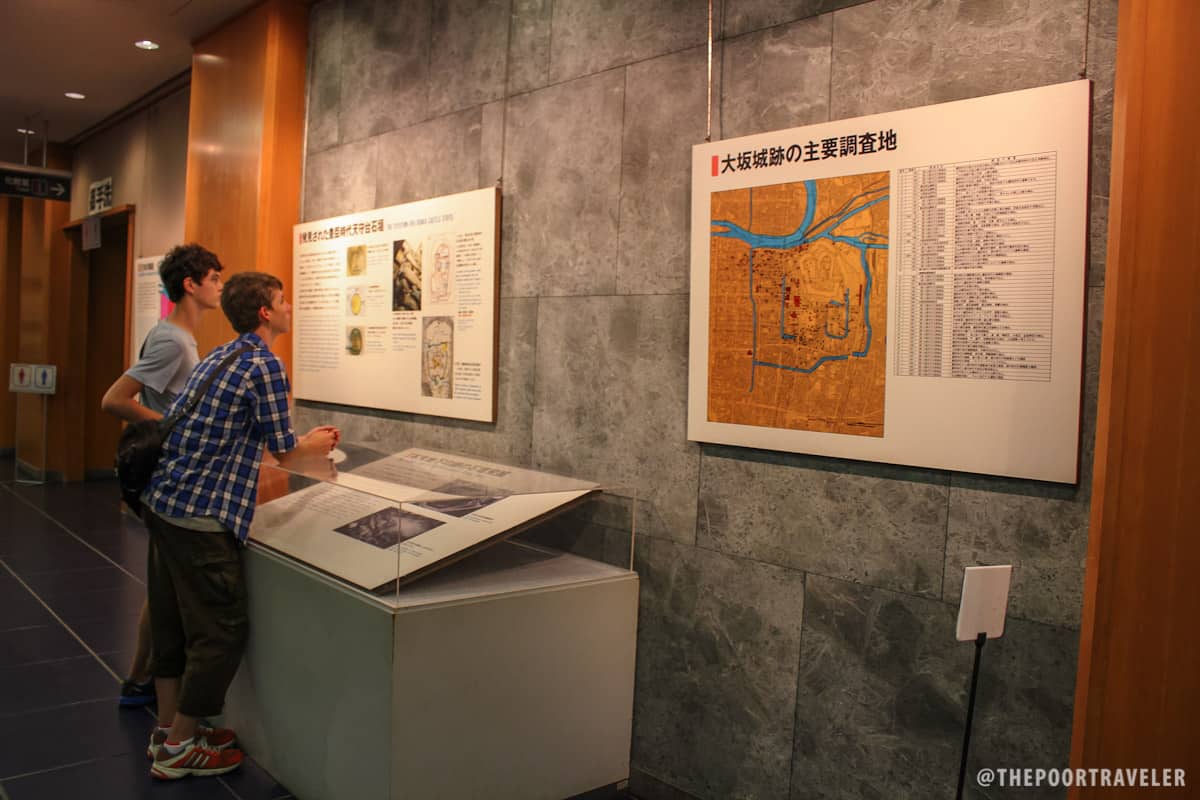
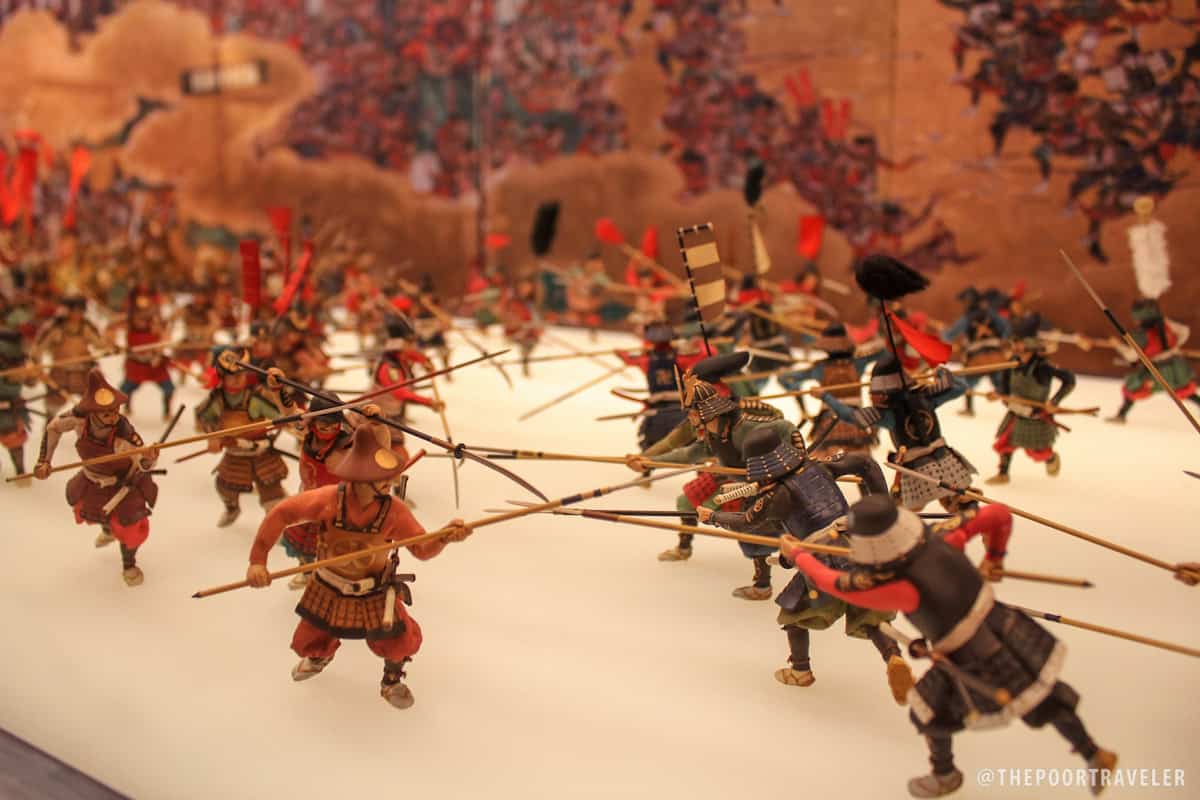
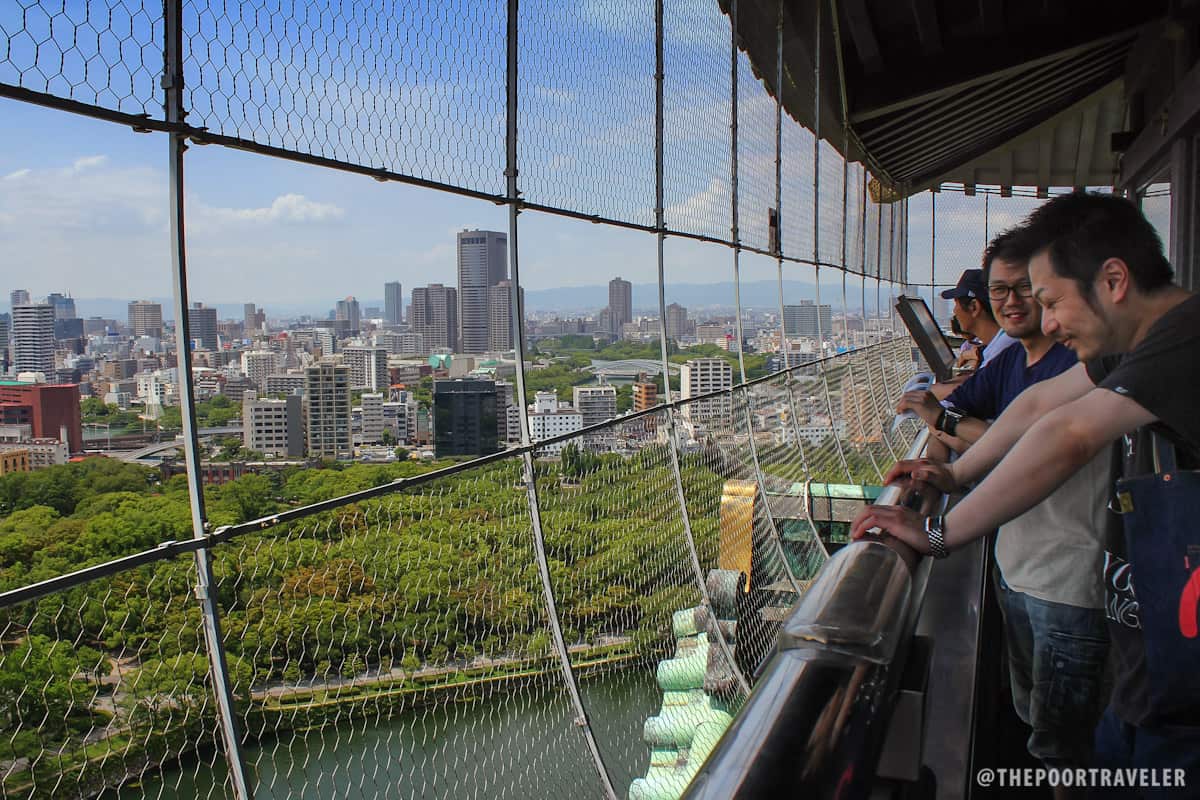

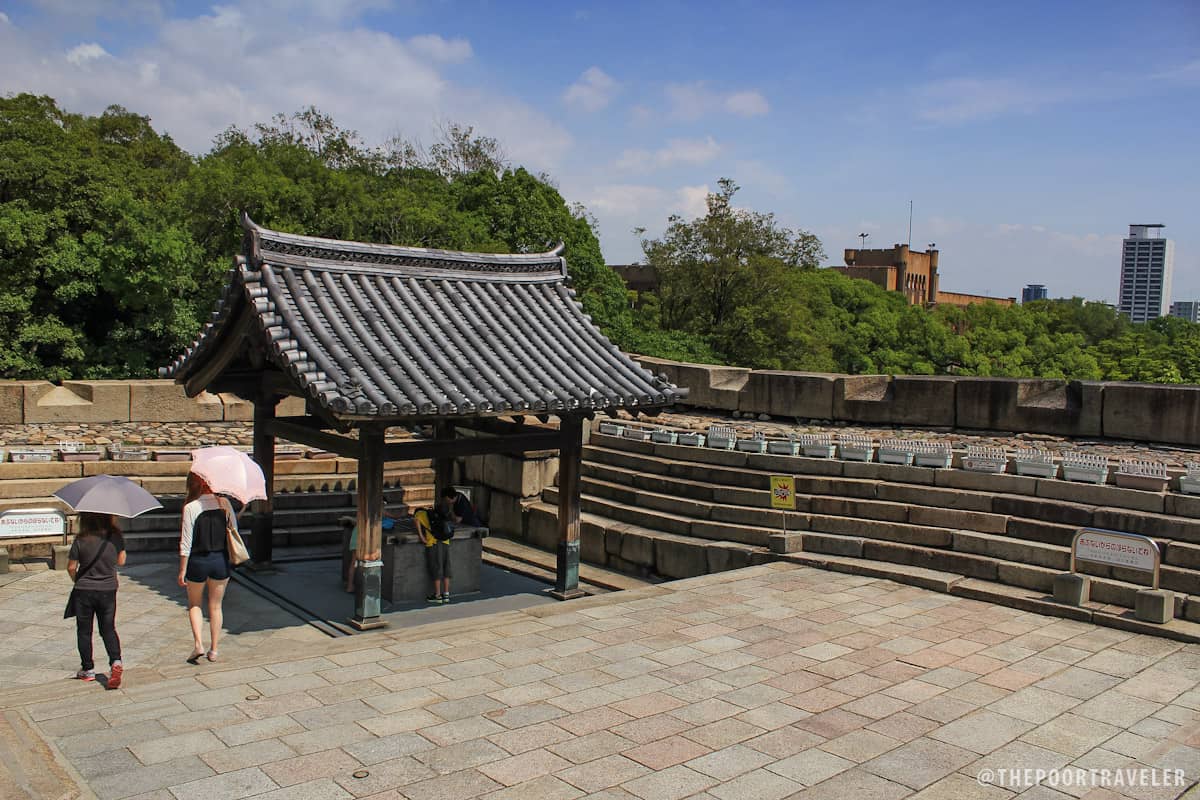
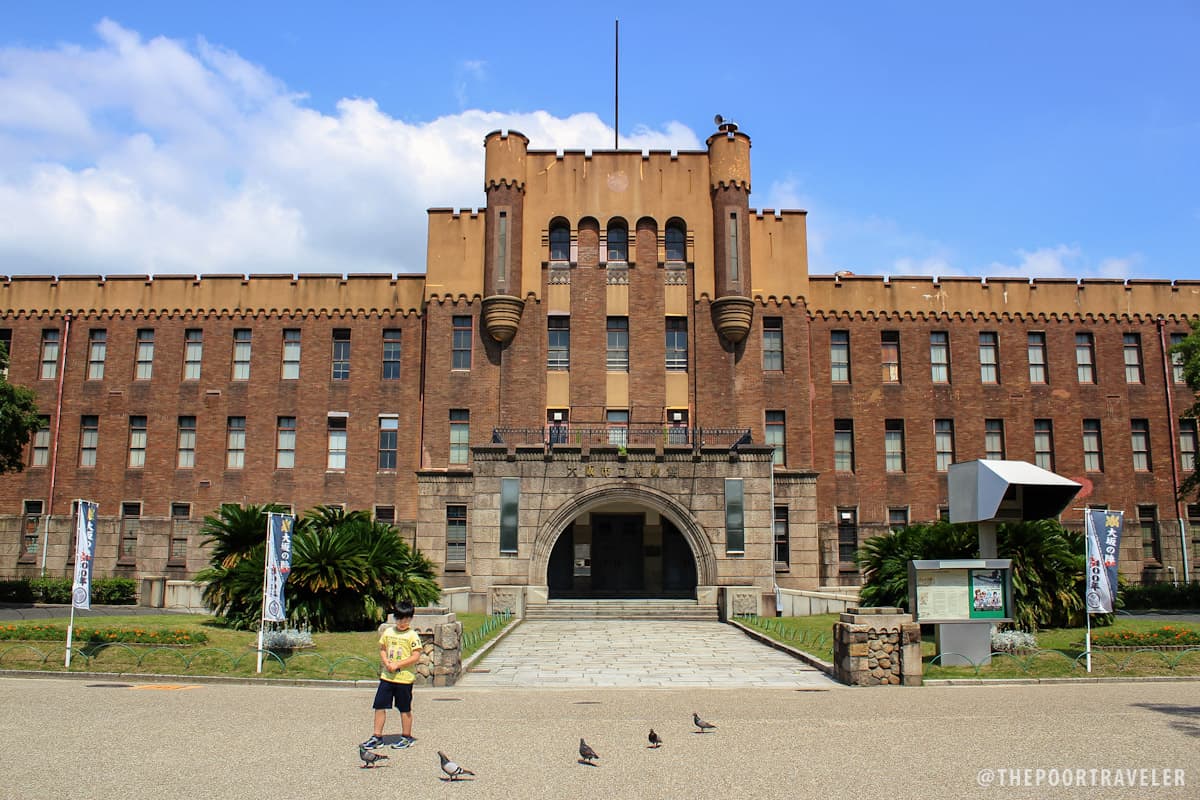
The present-day structure is a reconstruction done in 1931, which survived the 1945 bombings and was renovated in 1997. It now boasts a very modern interior, complete with amenities that facilitate the movement of tourists, who are very eager to learn more about this monumental structure. Toyotomi Hideyoshi wanted a grand castle to leave a lasting legacy. Many centuries since he envisioned it, the building continues to honor and pay tribute to him as it now houses a museum solely dedicated to his life as a warlord, a leader, and a legend.
Osakajokoen (Osaka Castle Park)
1-1 Osakajo, Chuo Ward, Osaka, Osaka Prefecture 540-0002, JapanOpening Hours: Mon-Sun 09:00am-04:30pm
Admission Ticket: JPY 600How to get to Osaka Castle: Take the JR Loop Line and get off at Osakajokoen Station. Walk down the stairs towards the Osakajo Hall and turn left until you reach the moat. You should already see the top stories of the castle. Turn right and walk until you see the Aoyamon Gate on your left hand side. Walk through the gate and turn right until you see Gokurakobashi Bridge. Cross the bridge, follow the path after it, and you’ll end up at the main enclosure where the castle stands.
